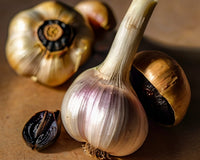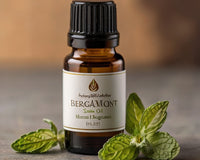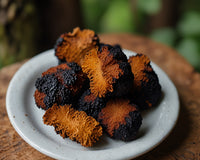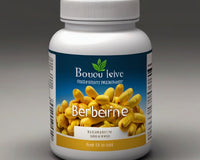Polyglyceryl polyricinoleate (PGPR), E 476, is an emulsifier made from glycerin and fatty acids (usually from castor oil, but also from soybean oil). In chocolate, compound chocolate, and similar coatings, PGPR is primarily used together with another substance such as lecithin to reduce viscosity. It is used at low levels (less than 0.5%), and works by reducing the friction between solid particles (e.g. cocoa, sugar, milk) in molten chocolate, lowering the yield stress and making it flow more easily, approaching that of a Newtonian fluid Behavior. It can also be used as an emulsifier in spreads and salad dressings, or to improve the texture of baked goods. It consists of short chains of glycerol molecules linked by ether bonds and ricinoleic acid side chains linked by ester bonds.
The FDA has determined that PGPR is recognized as safe for consumption, and the Joint Expert Committee on Food Additives (JECFA) of the Food and Agriculture Organization of the United Nations/World Health Organization also considers it safe. Both organizations set the acceptable daily intake at 7.5 milligrams per kilogram of body weight. In Europe, chocolate cannot contain more than 0.5% PGPR.
A study published by the European Food Safety Authority in 2017 re-evaluated the safety of this additive and recommended modifying the acceptable daily intake to 25 mg per kilogram of body weight.
PGPR is a light yellow viscous liquid with strong lipophilicity: soluble in fats and oils, but insoluble in water and ethanol.
E476 is a food additive used to make food/sauce smoother and easier to mix. Its scientific name is Polyglycerol polyricinoleate. In its vegetarian state, it is almost always vegetarian.
Generally speaking, it is safe to assume that E476 is vegan since it is basically always made from soybean oil or castor oil, but technically it can come from animal sources/fats. In practice, if E476 (polyglyceryl polyricinoleate) is not made from one of the two plant ingredients mentioned above, it can be made from tallow (fat), but it is usually made from palm oil of.
In other words, I don't think this is an ingredient to be concerned about if you're vegan, because while it can technically be made in a non-vegan way, I honestly can't find it Manufacturing facilities that produce E476 use animals in the production of their products.














